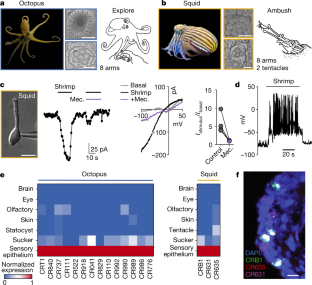2023-04-14 バッファロー大学(UB)

この研究では、SARS-CoV-2ワクチンを少なくとも1回接種した45歳以上の退役軍人と、ワクチン未接種の対照群のデータを分析し、VTEの予測因子となる多くの要因を考慮しました。
研究期間は、2020年1月1日から2022年3月6日まででした。
<関連情報>
高齢退役軍人におけるCOVID-19ワクチン接種と静脈血栓塞栓症リスクについて COVID-19 vaccination and venous thromboembolism risk in older veterans
Peter L Elkin, Steven H Brown, Skyler Resendez, Wilmon McCray, Melissa Resnick, Kendria Hall, Gillian Franklin, Jean M Connors, Mary Cushman
Journal of Clinical and Translational Science Published:2023 Feb 1
DOI:https://doi.org/10.1017/cts.2022.527
Abstract
Introduction: It is important for SARS-CoV-2 vaccine providers, vaccine recipients, and those not yet vaccinated to be well informed about vaccine side effects. We sought to estimate the risk of post-vaccination venous thromboembolism (VTE) to meet this need.
Methods: We conducted a retrospective cohort study to quantify excess VTE risk associated with SARS-CoV-2 vaccination in US veterans age 45 and older using data from the Department of Veterans Affairs (VA) National Surveillance Tool. The vaccinated cohort received at least one dose of a SARS-CoV-2 vaccine at least 60 days prior to 3/06/22 (N = 855,686). The control group was those not vaccinated (N = 321,676). All patients were COVID-19 tested at least once before vaccination with a negative test. The main outcome was VTE documented by ICD10-CM codes.
Results: Vaccinated persons had a VTE rate of 1.3755 (CI: 1.3752-1.3758) per thousand, which was 0.1 percent over the baseline rate of 1.3741 (CI: 1.3738-1.3744) per thousand in the unvaccinated patients, or 1.4 excess cases per 1,000,000. All vaccine types showed a minimal increased rate of VTE (rate of VTE per 1000 was 1.3761 (CI: 1.3754-1.3768) for Janssen; 1.3757 (CI: 1.3754-1.3761) for Pfizer, and for Moderna, the rate was 1.3757 (CI: 1.3748-1.3877)). The tiny differences in rates comparing either Janssen or Pfizer vaccine to Moderna were statistically significant (p < 0.001). Adjusting for age, sex, BMI, 2-year Elixhauser score, and race, the vaccinated group had a minimally higher relative risk of VTE as compared to controls (1.0009927 CI: 1.007673-1.0012181; p < 0.001).
Conclusion: The results provide reassurance that there is only a trivial increased risk of VTE with the current US SARS-CoV-2 vaccines used in veterans older than age 45. This risk is significantly less than VTE risk among hospitalized COVID-19 patients. The risk-benefit ratio favors vaccination, given the VTE rate, mortality, and morbidity associated with COVID-19 infection.


